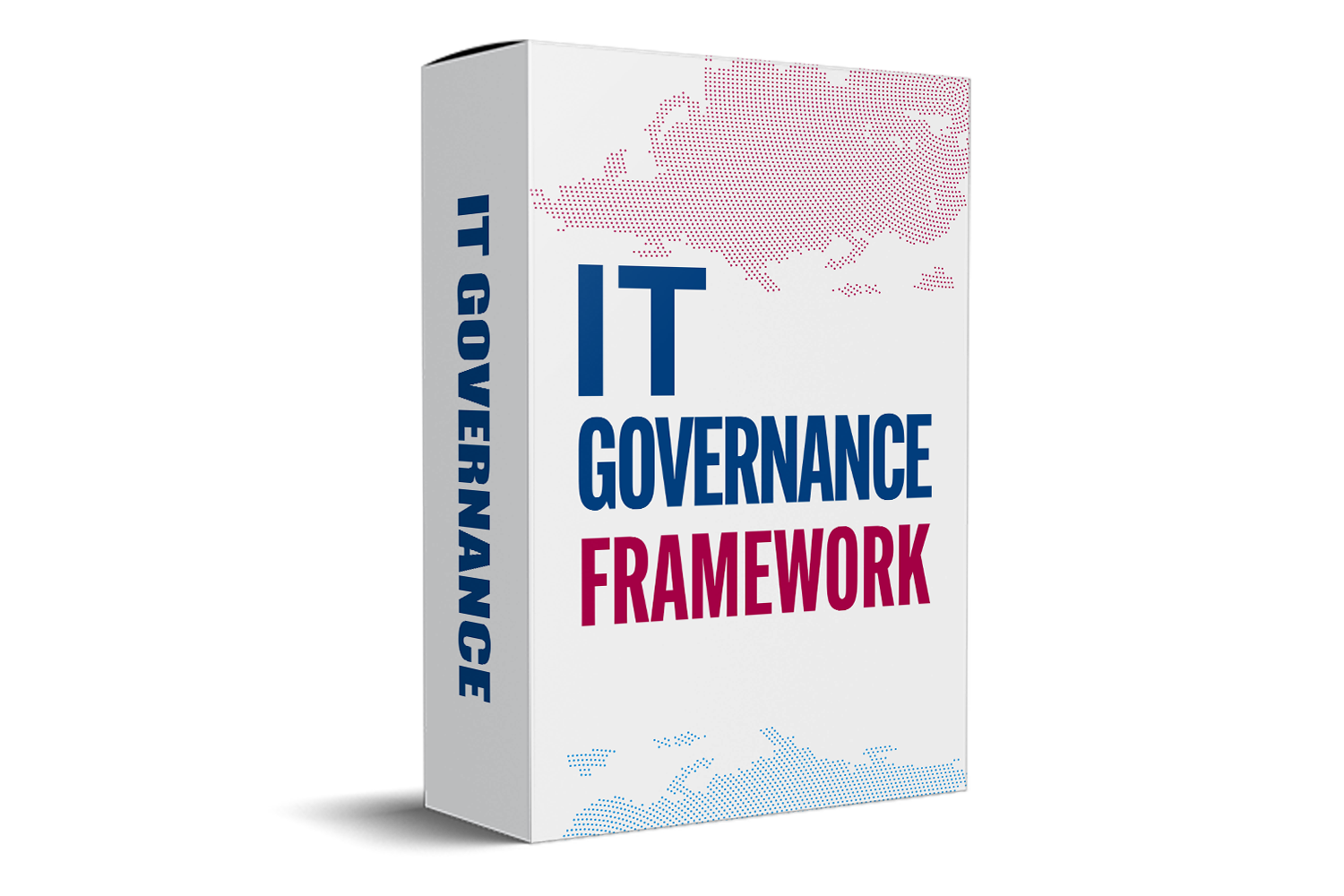How Many Hours Is The MoR Course For?
The MoR course generally requires around 20 to 25 hours of dedicated learning, offering a comprehensive introduction to risk management. By understanding the course duration and available learning formats, professionals can choose a path that best fits their schedules and learning preferences. As organizations continue to navigate an ever-changing landscape, the skills acquired through the MoR course are essential for effective risk management. The Management of Risk (MoR) course is designed to equip professionals with the knowledge and skills needed to identify, assess, and manage risks within an organization. As organizations face increasing uncertainties and complexities, effective risk management has become paramount.

Understanding The Duration Of The MoR Course
The duration of the MoR course can vary depending on a few factors, including the training provider, the specific module taken, and the participant's prior knowledge of risk management. Typically, the course can be divided into several levels, such as Foundation and Practitioner levels.
1. Foundation Level: The Foundation level of the MoR course generally takes around two to three days of instruction. This part of the course focuses on introducing participants to the basic concepts of risk management, the key terminology associated with it, and the essential principles of the MoR framework. The short duration is designed to equip individuals with fundamental knowledge, preparing them for more advanced studies.
2. Practitioner Level: Following the Foundation level, the Practitioner level usually extends for an additional two to three days. This section delves deeper into risk management practices, teaching participants how to apply the principles learned in the Foundation course to real-life scenarios. The longer duration at this level allows for a more exhaustive exploration of risk management tools and techniques, including case studies and practical exercises that facilitate active learning.
Online vs. In-Person Training
While the typical duration is a few days for each level, the way the course is delivered can greatly influence this timeline. Online training programs may offer flexibility, allowing learners to progress at their own pace. This can extend the overall duration of the course, depending on how quickly participants choose to complete the modules. Conversely, in-person training sessions might be more condensed but can offer a more interactive learning environment.
Flexibility In Scheduling The MoR Course
Flexibility in scheduling allows participants to balance their professional commitments with their educational aspirations. Many individuals pursuing the MoR course may already be engaged in full-time employment or other academic pursuits. By offering a range of scheduling options, educational institutions can attract a more diverse cohort of students, enhancing the learning experience and fostering a community of professionals from different backgrounds and industries.
- Evening And Weekend Classes: Offering evening and weekend sessions makes it possible for working professionals to participate without disrupting their weekdays. This commitment can reduce the stress of having to choose between career advancement and skill development.
- Online Learning Platforms: With technology's ongoing evolution, many educational providers have transitioned to offering online MoR courses. This method allows students to learn at their own pace, providing access to course materials anytime and anywhere, thereby accommodating different learning styles and schedules.
- Modular Learning: Some institutions provide modular courses, enabling students to pick and choose specific modules that align with their interests or career needs. This granularity offers flexibility in both content and scheduling, allowing learners to customize their educational experiences.
Benefits Of A Flexible MoR Course Schedule
The advantages of a flexible schedule in the MoR course extend beyond mere accessibility. Some notable benefits include:
1. Increased Enrollment: Flexibility can lead to higher enrollment rates as prospective students feel more encouraged to apply when they see an accommodating schedule that respects their time.
2. Enhanced Learning Outcomes: When students can choose a schedule that accommodates their personal lives, they are less likely to experience burnout and more likely to engage meaningfully with course materials, leading to improved learning outcomes.
3. Improved Work-Life Balance: Flexibility allows participants to manage their studies alongside their personal and professional responsibilities, promoting a healthier work-life balance. This equilibrium is crucial for motivation and sustained engagement throughout the course.
Conclusion
In summary, the duration of the MoR course varies based on several factors, including the level of the course, the mode of delivery, and the participant's prior experience. Generally, participants can expect to spend anywhere from two to six days covering both the Foundation and Practitioner levels. Investing this time in the MoR course can yield significant benefits, equipping individuals with the necessary skills to identify, assess, and manage risks in any organizational context. Understanding the time commitment can help prospective learners plan accordingly and make the most of their training experience.



